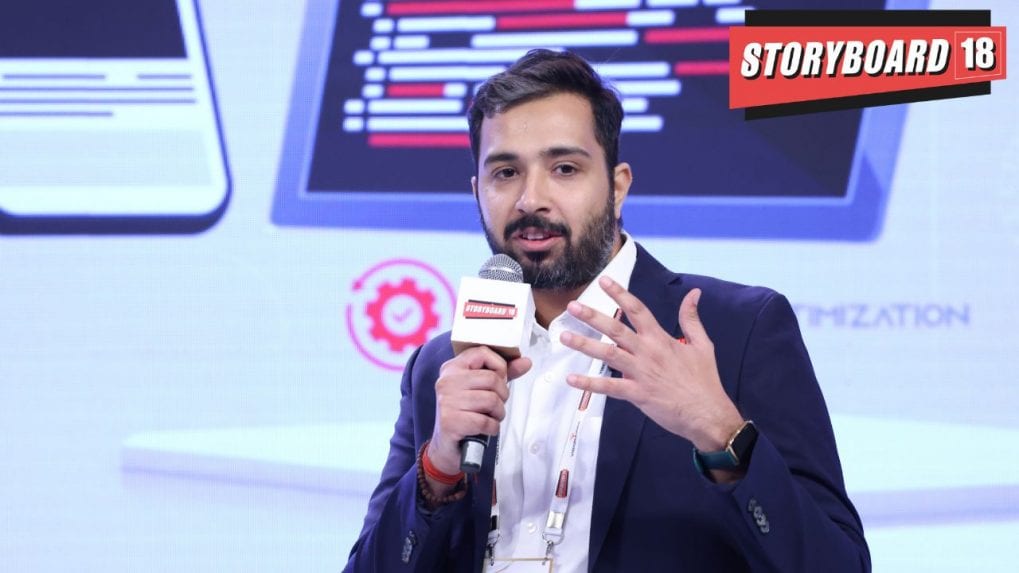Future-proofing ad spend: How marketers can combat the rise of AI-powered ad fraud
In this high-investment, high-buying period, marketers must reckon with an uncomfortable truth: their campaigns are increasingly vulnerable to sophisticated, AI-powered ad fraud, writes Saurabh Khattar, Country Manager, India at Integral Ad Science
ADVERTISEMENT
Campaign performance isn’t just about creative firepower or media reach anymore—it’s about ensuring every impression counts. As India’s high-stakes festive quarter kicks off, brands are pouring billions into digital advertising to win consumer attention across IPL, Diwali, and festive end-of-year sales. But in this high-investment, high-buying period, marketers must reckon with an uncomfortable truth: their campaigns are increasingly vulnerable to sophisticated, AI-powered ad fraud.
The threats are real—and growing. According to IAS’s 20th Edition Media Quality Report, ad fraud in non-optimised campaigns rose to a four-year high of 10.9% in 2024, a 19% year-over-year spike. That’s 15 times higher than fraud rates in campaigns that used protection tools, which dropped to just 0.7%. With Juniper Research projecting global ad fraud losses to hit $100 billion in 2025, the cost of complacency is steep.
AI Has Changed the Game—And the Rules
What used to be a battle against bots has now become a war against machines that think. Generative AI is being weaponised to automate fraud at scale, enabling bad actors to create thousands of fake websites—often called slop sites—that mimic legitimate publishers, lure programmatic ads, and profit from arbitrage. These sites are fast, disposable, and hard to detect, often loaded with low-quality, AI-written content.
AI is also being used to spoof user agents, generate synthetic traffic, and simulate human-like behaviour that can fool traditional detection systems. As IAS’s Threat Lab reports, some fraud schemes now incorporate deepfake videos, falsified engagement signals, and even fake app environments on Android devices to extract revenue undetected. This new generation of fraud isn’t static—it’s adaptive. And that means Marketers can’t rely on static defenses either.
What’s at Stake: ROI, Reputation, and Consumer Trust
The impact of unchecked fraud is more than financial. When ads run on irrelevant, inappropriate, or MFA environments, they don’t just waste Impressions—they dilute brand equity. Poor placements can damage consumer trust, drag down campaign effectiveness, and skew performance data, leading to misguided optimisation decisions. IAS data from IPL 2025 showed that invalid traffic (IVT) surged 93% from February to March 2024—coinciding with peak spending. With AI-generated content flooding the open web, ad dollars are chasing scale over quality. Brands risk being seen where they shouldn’t be—and invisible where it matters most.
A Smarter Defense: Three Steps to Future-Proof Your Media Strategy
To stay ahead of AI-powered threats, marketers need a multi-pronged, AI-powered response. IAS recommends a three-tiered strategy:
1. Pre-Bid Filtering: Use tools like IAS Context Control, MFA avoidance segments, and ad clutter filters to block slop sites and low-quality environments before the impression is served. These pre-bid signals enable advertisers to steer clear of fraud-prone and irrelevant inventory.
2. Post-Bid Verification: Employ real-time fraud detection using JavaScript tags that analyse behavioural signals, page structure, and content authenticity. IAS’s domain-level transparency helps marketers validate where ads appear and eliminate suspicious patterns.
3. Threat Intelligence & Learning Loops: Stay on the offensive with ongoing insights from threat research hubs like IAS’s Threat Lab. This team investigates emerging fraud tactics—including fake app environments, synthetic browsing profiles, and AI-scraped misinformation sites—and feeds findings back into detection models to adapt in real time. Together, these layers offer both prevention and resilience, ensuring that marketers not only catch fraud but learn from it to strengthen future campaigns.
The Rise of MFA and Slop Sites: An Industry-Wide Alarm
A separate IAS report, Combating AI-Generated Slop Sites, warns that MFA environments—where content exists solely to serve ads—are exploding in number and complexity. These sites exploit open programmatic systems, using auto-refresh mechanisms, click farms, and AI-written articles to rack up revenue. They also mimic the structure and UX of reputable publishers, making them harder to detect manually.
What’s worse, some MFA domains are now being algorithmically created using generative AI, with new domains popping up and rotating faster than blacklist systems can keep up. As this evolves, marketers must demand more transparency and control from their media partners, down to the URL and app level.
Rebuilding Trust with Automation, Transparency, and Human Oversight
The industry must pivot from reactive to proactive. Marketers should work with measurement partners that combine automation and AI with human-led threat research. Technologies like IAS’s Total Visibility help brands track exactly where their ad dollars go across the supply path, surfacing hidden fees, inventory misalignments, or suspicious placements that drag down performance. For social media, IAS also offers solutions that help brands verify content adjacency, sentiment, and engagement authenticity—critical in a landscape where influencer fraud and fake followers are rampant.
The Path Forward: Vigilance and Mitigation
The rise of AI-powered fraud doesn’t mean marketers should pull back from digital investment—it means they need to evolve their strategies and utilise ad fraud mitigation tools and technology. As budgets grow more accountable, and consumers grow more discerning, attention to quality, context, and safety is non-negotiable by investing in real-time verification and adaptive threat protection.
With smarter media planning, brands can safeguard their festive season campaigns and build a resilient foundation for the AI-driven future of advertising.

